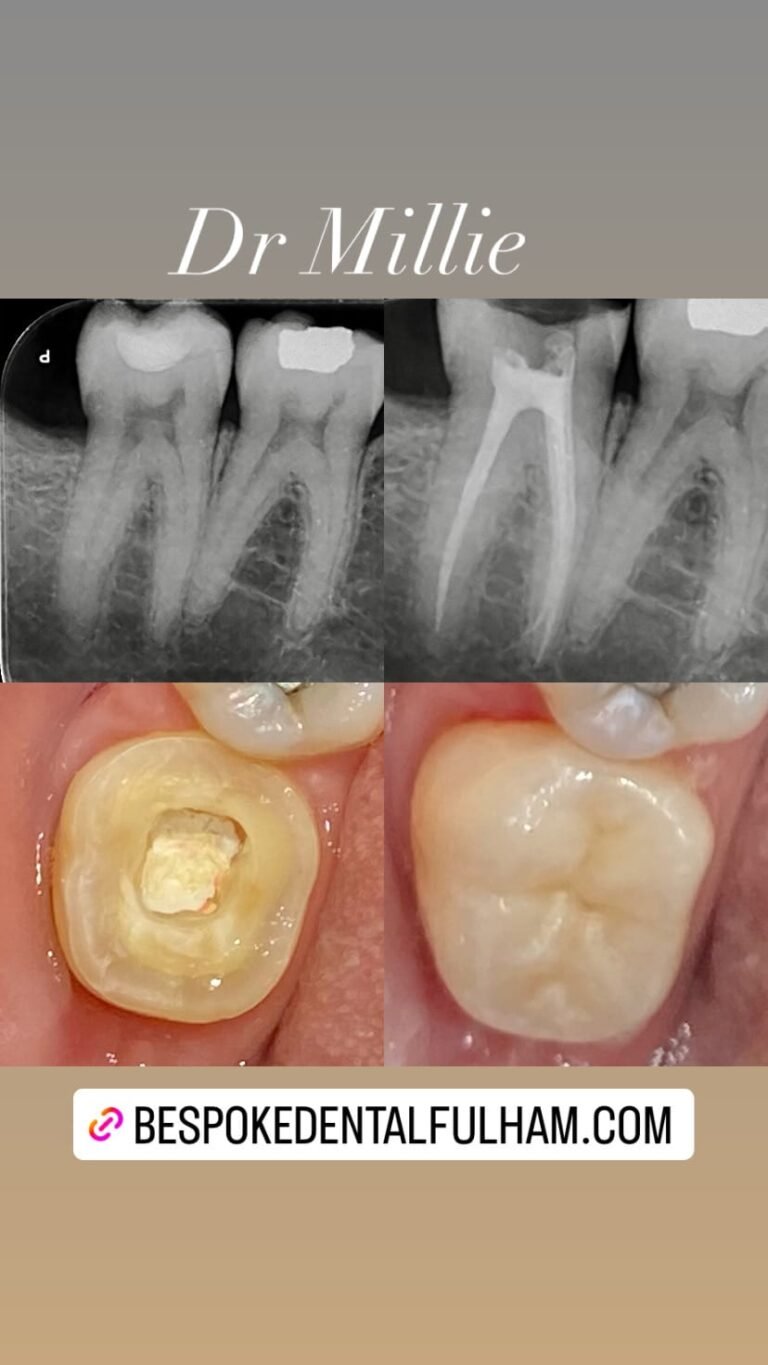Table of Contents
ToggleImmediate Recovery: The First 24 Hours
After your root canal treatment, it’s normal to experience some tenderness and discomfort. You may also feel numbness in the treated area for a few hours. To manage pain, you can take over-the-counter pain relievers as recommended by your dentist. Avoid chewing on the side of the treated tooth and stick to soft foods to prevent irritation.
Remember to follow good oral hygiene practices by gently brushing and flossing your teeth. Rinse your mouth with warm salt water to help reduce any swelling and keep the area clean. If you notice any unusual symptoms during the root canal recovery stages, like severe pain or swelling, contact your dentist immediately.
Days 2–3: Managing Tenderness and Sensitivity
As you progress into days 2 and 3 post-root canal, you may still experience sensitivity to hot or cold temperatures. This is normal as your tooth continues to heal. Continue to be cautious with the treated tooth and avoid hard or sticky foods that could cause discomfort.
If the sensitivity persists or worsens, consult your dentist. They may recommend a desensitizing toothpaste to alleviate the discomfort. Be patient during this stage as your tooth needs time to recover and settle down.
Days 4–7: Returning to Routine (With Caution)
By days 4 to 7, you should start feeling more comfortable as the tenderness decreases. You can gradually introduce firmer foods back into your diet, but still be gentle with the treated tooth. Continue with your regular oral hygiene routine, being careful around the area of the root canal.
It’s important to avoid putting too much pressure on the tooth during this phase. If you experience persistent pain or notice any unusual changes, reach out to your dentist for further guidance.
Week 2 and Beyond: Healing and Monitoring
As you enter the second week and beyond, the healing process of your root canal should be well underway. Any lingering sensitivity should continue to diminish, and you may start to feel like your normal self again. Keep monitoring the treated tooth for any signs of infection or inflammation.
Your dentist may schedule a follow-up appointment to assess the progress of the healing and ensure everything is on track. It’s crucial to attend these appointments to address any concerns early on and prevent potential complications.
When to Follow Up with Your Dentist
If you experience severe or worsening pain, swelling that doesn’t subside, persistent sensitivity to temperatures, or any unusual symptoms around the treated tooth, contact your dentist promptly. These could be signs of a complication that requires professional attention during the root canal recovery stages.
Even if you don’t have any specific issues, it’s recommended to have a follow-up appointment as scheduled by your dentist. Routine check-ups allow your dentist to monitor your oral health, address any developing problems, and ensure that your root canal recovery is progressing smoothly.





